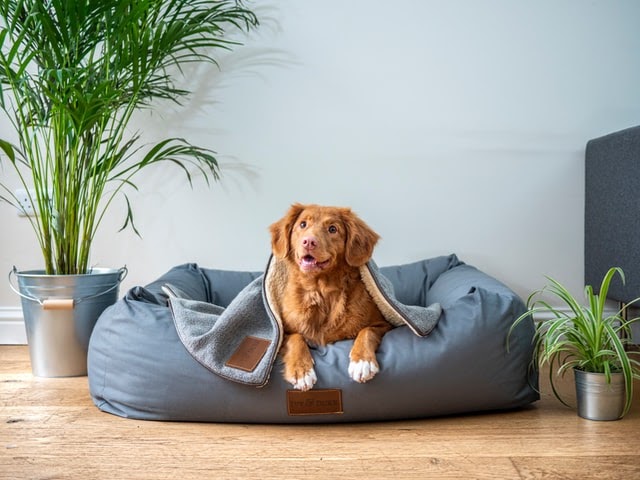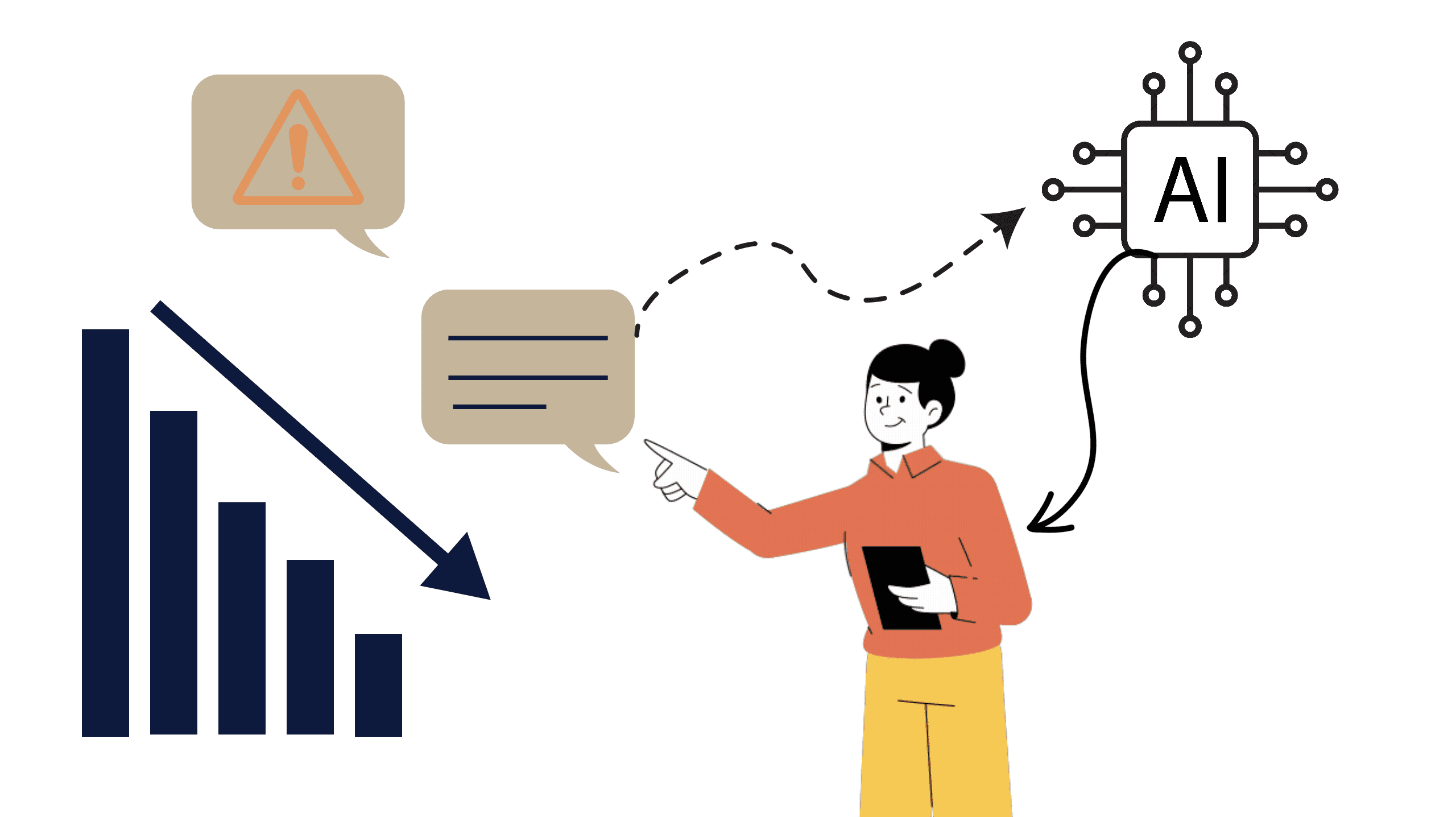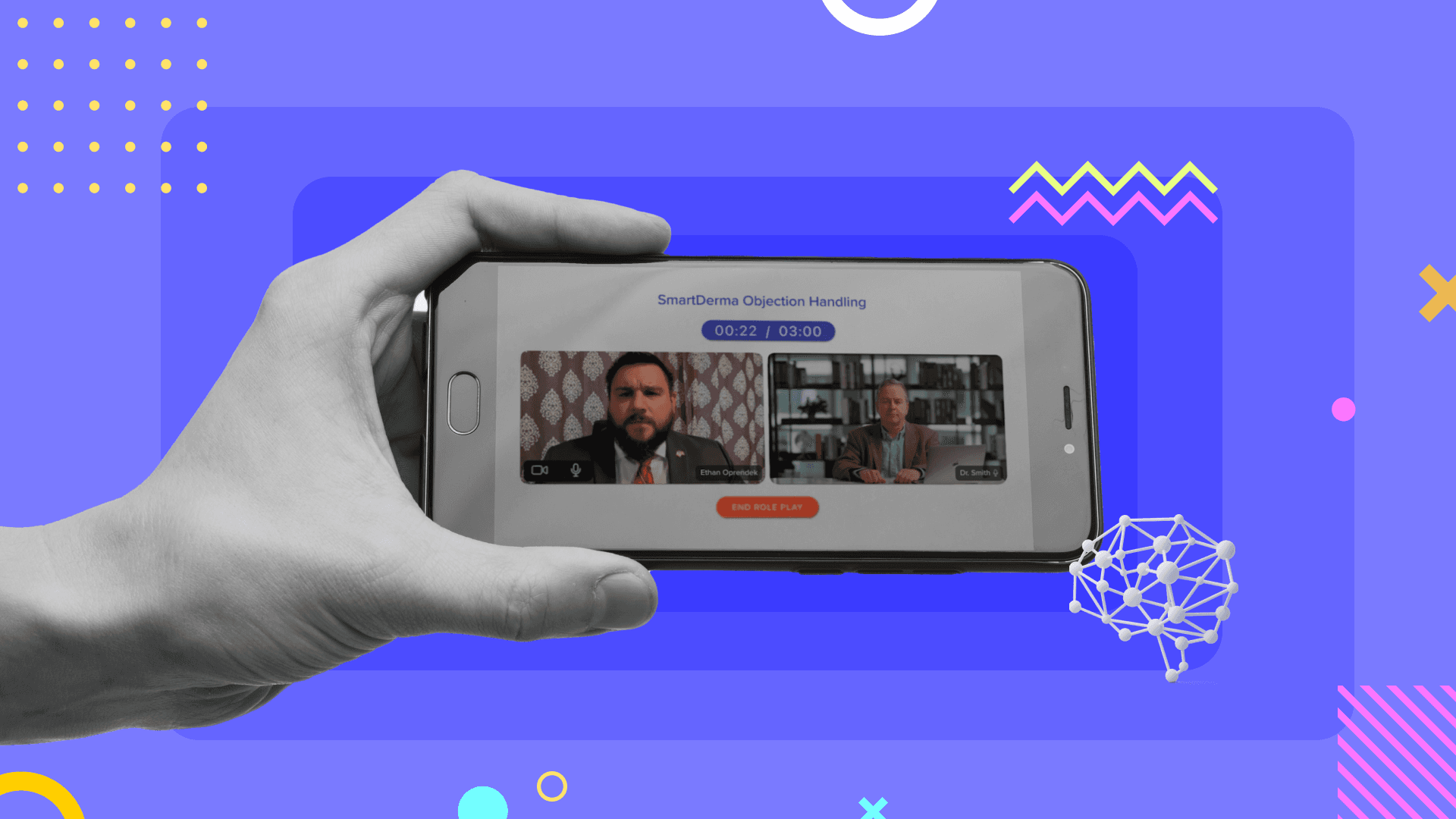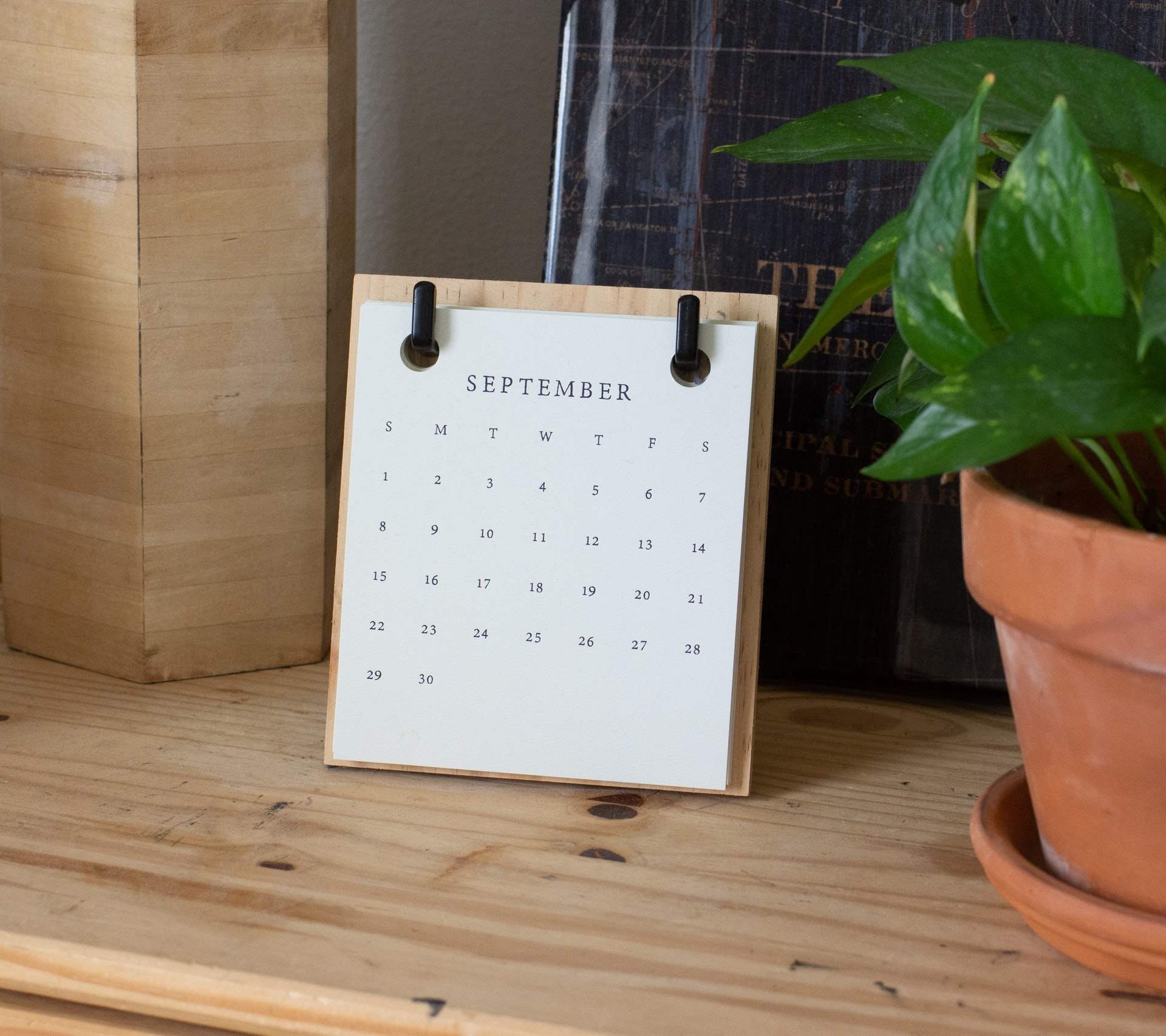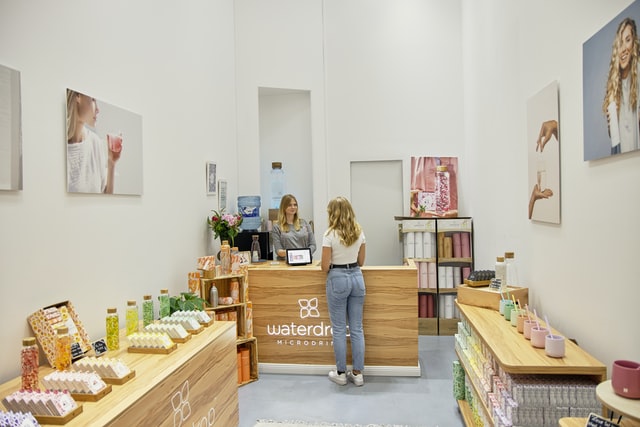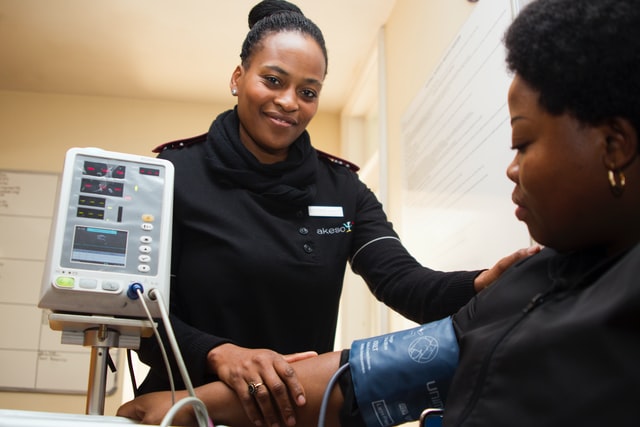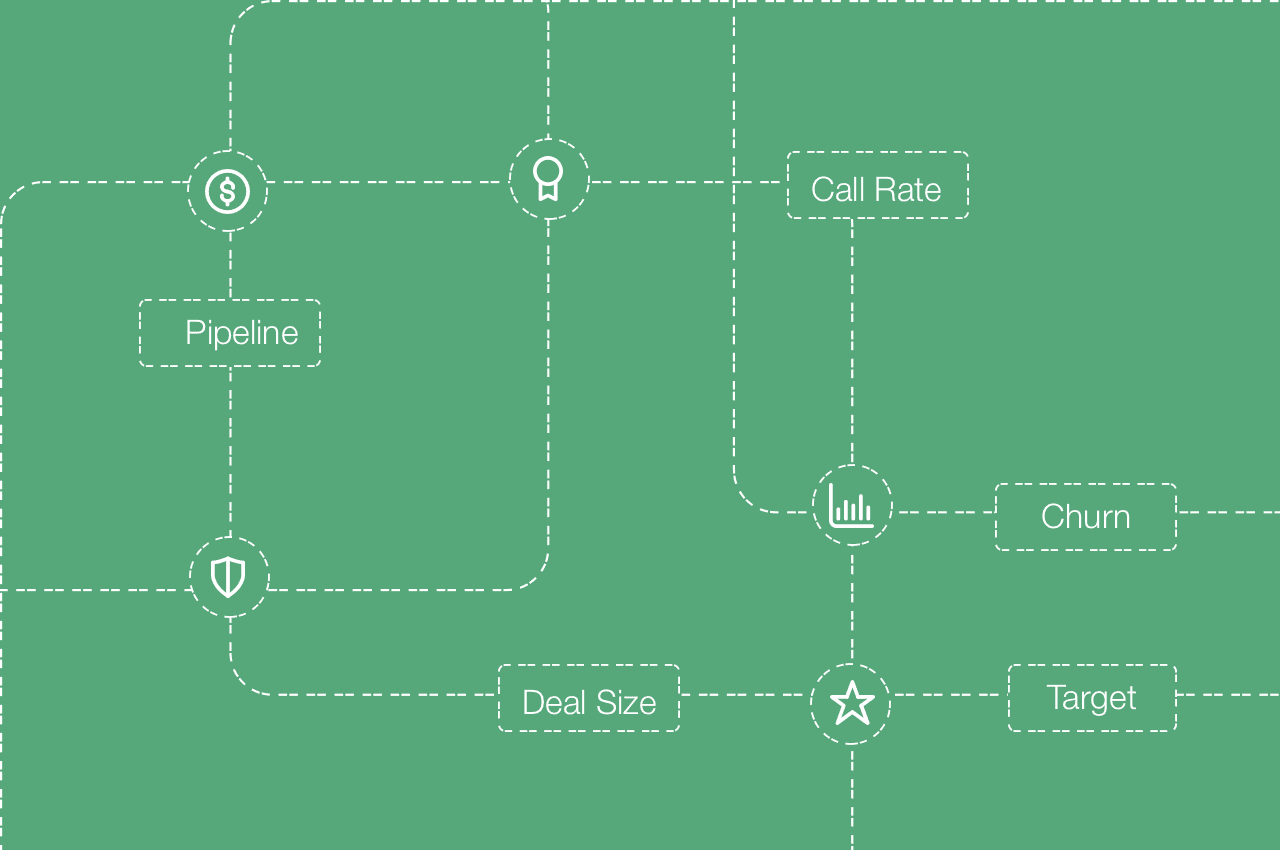Most of you sales folks would agree with me when I say that closing is the most crucial and difficult part of sales. You must be using various techniques to push a sale like,
“Question close” where you directly ask the prospects if they’re interested to buy
Or “now-or-never close” where you offer a discount to the customer if they agree to close within a day
But what if all your usual techniques are used and still your prospects are showing signs of uncertainty? When it comes to your customers’ needs, you’ll want to address their fears head-on. And this where the puppy dog close technique helps.
In this blog, we’ll discuss what the puppy dog close is and how you can successfully implement this technique to close more deals.
What is the Puppy Dog Close?
The puppy dog close is a technique where salespeople allow buyers to test a product or service before they agree to close a deal. Rather than hearing about how a product can solve their pain points, they can experience it themselves.
How did the Puppy Dog Close technique originate?
As the name suggests, the strategy stems from how pet stores sell puppies.
Picture this scenario: a lovely family visits a pet store with a child who falls in love with a puppy. The kid wants to bring it home, but the parents aren’t sure. Now the owner says, “Why don’t you take it home for the weekend and see what happens?” The family takes the dog home, inevitably falls in love with their new pet, and agrees to go through with it.
This closing method works for three reasons:
Most probably people cannot say no to such offers
Clients can come to a decision in a low-pressure environment,
And they will get to have an authentic experience with the product that shows them how they will benefit from it in their day-to-day processes.
The best part is that these try-it-before-you-buy-it scenarios are absolutely free. So the customers don’t have to worry about spending money and then requesting a refund.
Below, we’ll go over essential considerations for using the puppy dog close technique.
How to Nail the Puppy Dog Close?
While most of the onus is on the client, there are considerations to keep in mind when using this method to ensure that your clients have everything they need to come to a decision.
Choose how you’ll provide the free trial
Think about how you can implement the puppy dog close method in your business field to give your customers the opportunity to test your product.
Depending on what you are selling you can either,
Let the customers take the product home and live with it for sometime
Or create small samples or demos using which the prospects can decide if they want to return to buy the full version of the product
For example, Warby Parker, a glasses company, sends their customers sample frames sans their prescriptions. The customers can pick out their favorite frames, try them on for a week, and send the samples back in return for a working pair. Shipping and returns are both free, so it is truly a free trial.
Similarly, B2B SaaS solutions can offer a free trial period for their products.
You need to ensure that you come up with a trial version of the product that is as similar as possible to what the customers may end up buying. This allows them to feel confident about their buying decision.
Set a time frame for the free trial
While it only takes a day or two to decide if you want a puppy, not all products and services can be assessed that quickly.
Consider what you are selling and the amount of time it will take for a customer to
Get a feel for the product
Recognize its value
And realize that they need it
For example, some car dealerships offer vehicle test drives. While some give it for an hour, other businesses let the consumers take cars to their homes for a night. The drivers should be given enough time to get a feel for the product and assess if it will meet their needs
Ensure that you’re giving your customers the time they need to make their decision, as the last thing you want is more uncertainty after the trial is over.
Be transparent about the process
A possible risk to the puppy dog close is that customers may think it’s too good to be true, that you’ll hit them with hidden fees after the trial period is over.
It’s essential to be transparent in this scenario and explain that the process is entirely for the customer. Your business gets nothing if the customer decides not to buy, and they should understand this.
Maybe you can create a contract that outlines the agreement’s terms and clearly states that it is a no-strings-attached deal with no hidden charges if they back out.
Focus on benefits and values
Ensure you can provide benefits to your clients in a very short timeframe. Otherwise, they won’t feel the need to buy from you since they won’t see value in your solution. If your product requires a month-long onboarding process then this sales technique won’t work for you
Very often, the puppy dog close technique is perceived as manipulation or a trick to get the customers to buy. So, as a sales rep, your task is to
Provide a high-quality service
Show your credibility through the trial period
And establish trust and confidence amongst the prospects for your brand
Leaving you with final words
All-in-all, pet store owners came up with the puppy dog close strategy because they knew that customers would never return a dog after establishing an emotional connection.
This logic remains the same for your business as well. If you’ve got a great product that is sure to impress your customers, then let them try it and fall in love with it. Rest assured, they are sure to take the “puppy” home.
Want to learn about the top 6 sales methodologies for closing complex deals?
Read: Top 6 Sales Methodologies for Closing Complex Deals
Want to learn how to overcome your prospects’ resistance?
Read: How to overcome Prospects’ Resistance?
Want to learn how to effectively overcome sales objections?
Read: 10 Effective Techniques to overcome Sales Objections
Learn about the 6 common buyer personas that sales reps usually come across and the ways to successfully sell to them
The 6 Buyer Personas and how to train your team to sell to them
Related Posts
Looking for a sales training software that takes your sales training to a whole new level?
Explore SmartWinnr’s Learning and Gamification features. Learn how to run fun and engaging sales training and sales coaching for your team through SmartWinnr.
Curious to learn more about it? Book a demo today!

